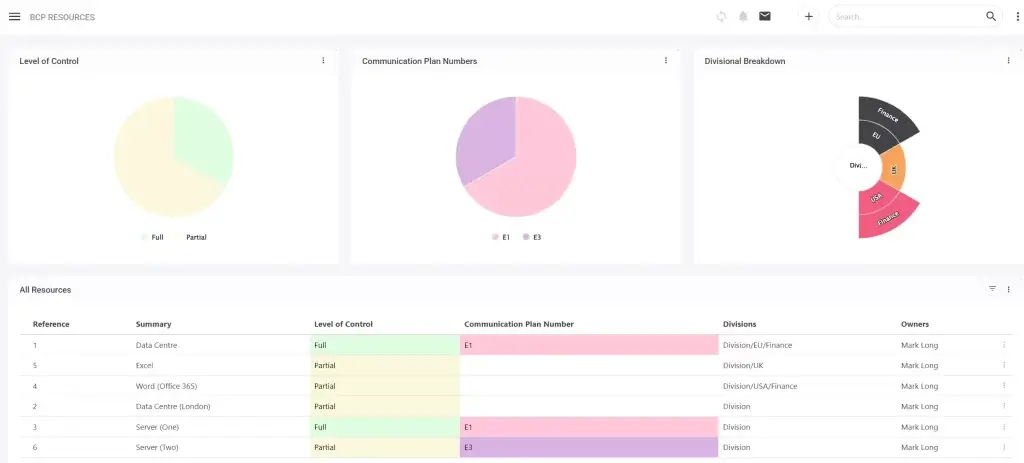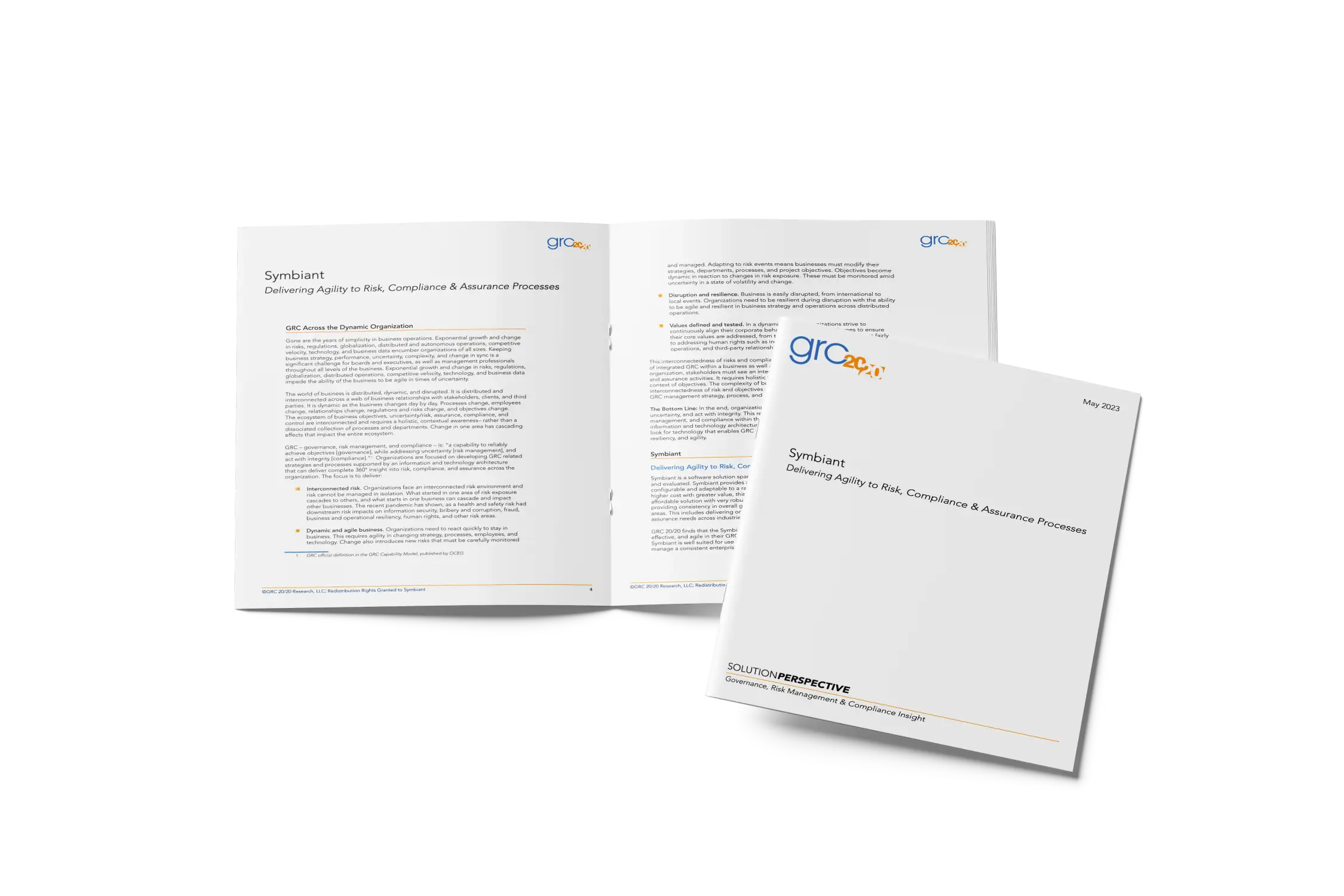Introduction
ISO 31000 and ISO 22301 are international standards closely related to risk management. However, they have different objectives and focuses within your organisation. In the most basic sense, ISO 31000 is a risk management standard that provides a framework to manage your risks across your organisation. Conversely, ISO 22301 is a specific standard for business continuity management.
ISO 31000
Purpose
ISO 31000 provides principles, guidelines, and a process for managing an organisation’s risks systematically and cost-effectively. It can apply to any organisation, regardless of size or industry. The goal of ISO 31000 is to help your organisation protect its assets, achieve objectives, and improve its decision-making by managing its risks.

Scope
ISO 31000 covers all risks, threats, and opportunities across your organisation’s activities, functions, and processes. It is not specific to a particular industry but provides a generic approach you can customise to meet your needs. You can customise for public, private, or community enterprises as necessary.
Key Components
- Principles: ISO 31000 establishes eight principles to guide your organisation’s risk management approach.
- Framework: It provides a framework for integrating risk management into your organisation’s overall management system and processes.
- Process: ISO 31000 outlines a structured risk management process that you should implement, including risk assessment, treatment, monitoring, and review.
How Symbiant.One Supports Implementation
Of ISO 31000
The cornerstone of ISO 31000 is achieving your business objectives. The Business Objectives Module allows you to manage your business objectives and identify the threats that would impact them. This then helps you build your risk registers. The Risk Registers Module enables risk owners to manage and review their risks and any mitigation or treatment plans and, if needed, perform risk assessments.
Symbiant provides a comprehensive framework for organisations to effectively identify, assess, and manage their risks. It helps promote a better risk culture by enabling continuous improvement through collaboration with an easy-to-use centralised platform.
ISO 22301
Purpose
ISO 22301 provides a framework for organisations to reduce the likelihood of and ensure recovery from disruptive incidents. This framework covers planning, establishing, implementing, operating, reviewing, maintaining and continually improving our management system. The goal is to enhance your organisation’s resilience and ensure the continuity of operations and services, even in the face of unforeseen disruptions.

Scope
ISO 22301 supports your organisation in identifying risks, preparing for emergencies, improving recovery time, and improving overall organisational resilience. It can be integrated with other ISO management standards to provide a comprehensive approach to organisational resilience.
Key Components
- Business Continuity Management: ISO 22301 defines business continuity management as part of overall risk management in your organisation, overlapping with areas such as information security and IT management.
- Documented Evidence: The standard requires documented evidence of competence for defined roles, such as training records, education, and professional background.
- Framework: ISO 22301 provides a framework for compliance with legal and regulatory requirements related to business continuity.
How Symbiant.One Supports Implementation
of ISO 22301
Our Business Continuity Planning (BCP) Module lets you establish and efficiently document, manage & test your business continuity framework. The incident reporter provides an easy-to-access platform for people to report incidents that might affect or disturb your monitored assets. Symbiant is entirely defensible, as you can assess the data from any point in history and track what users made changes and when.
If you want to implement ISO 22301 within your organisation, using our BCP module makes it much easier than a manual system and is well worth the £100 a month cost.

Conclusion
In conclusion, ISO 31000 and ISO 22301 involve risk management but have different objectives. ISO 31000 offers a general standard for mitigating risk in all aspects of your organisation; conversely, ISO 22301 focuses on ensuring business continuity against potential disruption.
Symbiant’s modular software has been designed to align with industry standards. Our software helps you achieve accreditation for any standard; if one of our modules doesn’t meet a standard you need, we can adjust an existing module or create a new module to meet those standards.
Book a demo today to learn how Symbiant can help you manage your organisational risks and business continuity planning.




